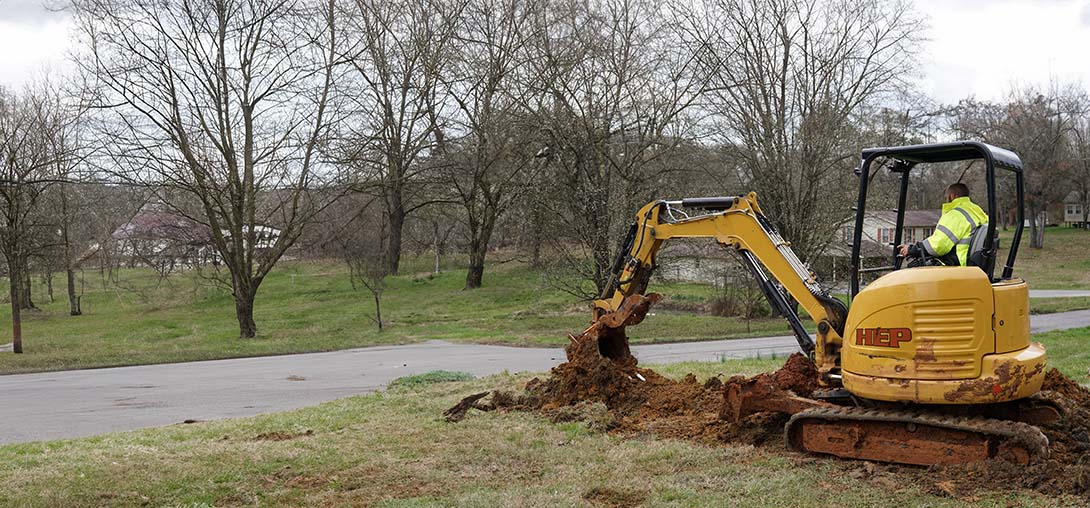- HEP
- Invasive Tree Roots

 Invasive Tree Roots
Invasive Tree Roots
Invasive Tree Roots | Main Line Issues | Plumbing | Elizabethton
Elizabethton homeowners face a unique challenge when invasive tree roots reach underground plumbing. These encroaching roots can lead to blockages, leaks, or even severe damage that impacts the entire water system. If you've noticed slow drains or recurring backups, you might be dealing with the dreaded “main line issues” caused by these invaders.
By choosing HEP’s specialized services, you’ll have experts on hand who understand the intricacies of uprooting stubborn roots without compromising your home’s plumbing. Using advanced diagnostic tools and proven repair techniques, we’ll ensure your pipes flow smoothly once again. Don’t let invasive roots jeopardize your property—trust HEP to restore your system and help prevent future problems.
FAQs
How can I tell if tree roots have invaded my main sewer line in Elizabethton?
Common signs include slow-draining sinks or tubs, gurgling sounds in your drains, frequent clogs, or sewage backups. In Elizabethton’s older neighborhoods, many sewer lines are made of clay pipes, which are more prone to cracking and allowing roots to enter. If you notice these symptoms, contact a professional plumber for an inspection.
Why do tree roots target sewer lines in the first place?
Tree roots naturally seek out moisture and nutrients, which are abundant in sewer lines. Even small leaks or cracks in the pipes can attract roots. Over time, the roots penetrate, grow, and cause blockages or structural damage to the main line.
What are the most effective methods to remove invasive roots from my sewer line?
Professional plumbers often use hydro jetting or mechanical rodding to clear root blockages. Hydro jetting uses high-pressure water to shred and flush out roots, while mechanical rodding cuts through them with specialized equipment. In severe cases, pipe replacement or pipe lining might be needed to fully resolve the issue.
Will removing or trimming trees near my home prevent sewer line problems?
Trimming or removing problematic trees may help, but it doesn’t guarantee a permanent fix. Roots can travel long distances in search of water. A better way to prevent future infestations is to ensure your main line is sealed, in good condition, and periodically inspected by a plumber. If you do plant new trees, choose species with less aggressive root systems.
How often should I schedule inspections for potential root-related damage?
Annual or biannual inspections are recommended, especially if you have older sewer lines or large trees nearby. Early detection of small cracks or minor root invasions can save you from major repairs down the road. Regular maintenance and camera inspections can also help locate issues before they become major blockages.
Are there any preventative treatments or chemicals to keep roots from returning?
Yes. Certain foaming or chemical root killers can be poured down the toilet and into the sewer line to discourage root growth. These products help slow down or kill existing roots and form a temporary barrier. However, they’re best used in conjunction with professional maintenance and routine inspections to ensure the problem is fully addressed.